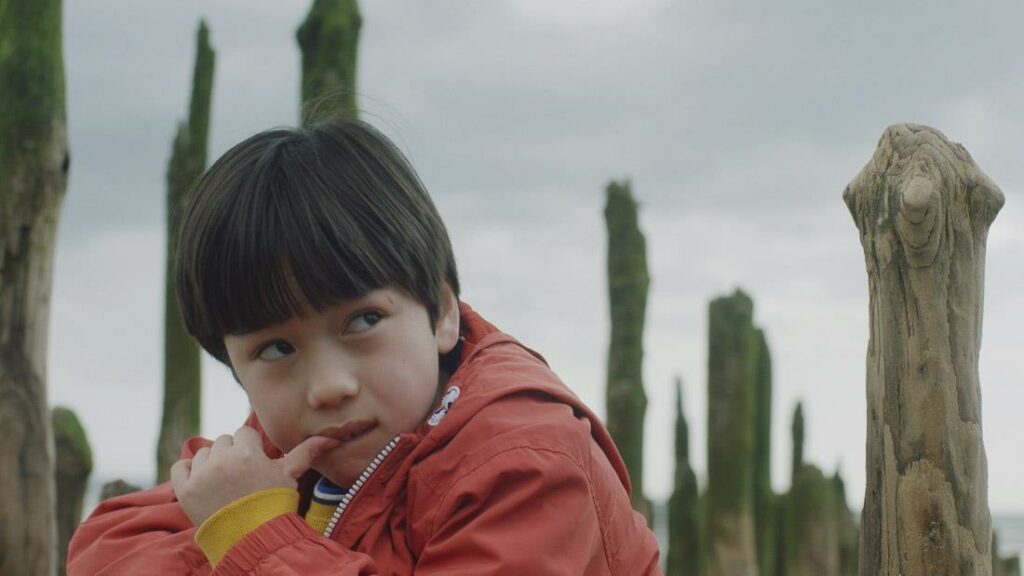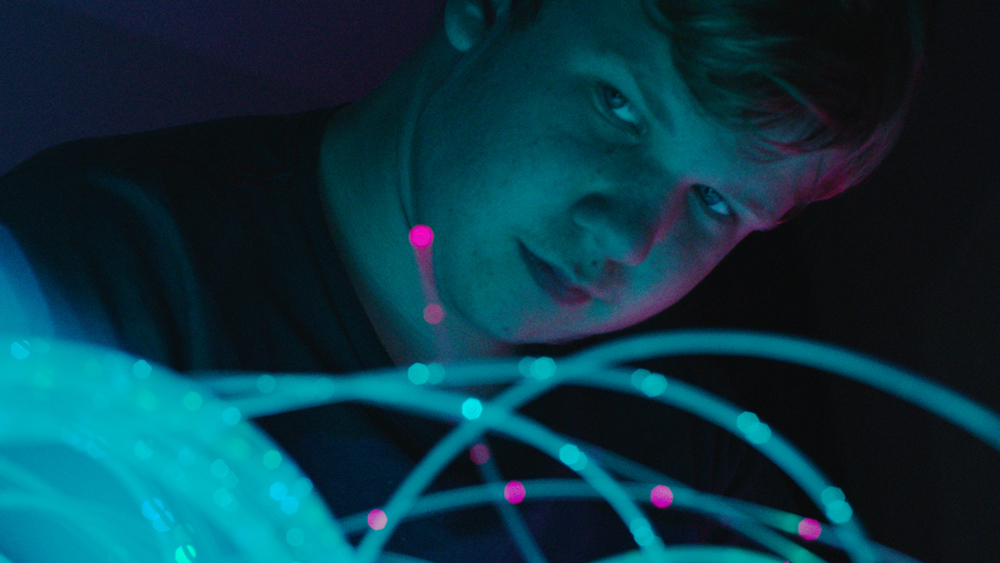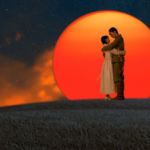BFI’s London Film Festival is in town! The FilmSoc Blog is back for the 64th edition of one of Europe’s largest film festivals, delivering a first look at the hits and misses of the 2020-21 season.
Dan Jacobson compares the documentary The Reason I Jump to the original book in how effectively it portrays the experience of nonverbal autism.
Shamefully, autism, and other examples of neurodivergence such as ADHD, still seem to be socially acceptable to ridicule. What looks like a short attention span or an inability to act on rules is seen as ‘disruption’, and is considered entertaining. A tendency to repeat questions back or not respond at all is immediately assumed as a lack of intelligence, which makes for an easy target. The equating of a breakdown with a ‘tantrum’ implies childishness and social ineptitude. Indeed, TV shows such as The Undateables, whilst marketing themselves as a show about the universality of love, play not just into a condescension of neurodivergent individuals, but a toxic idea that many individuals are not just comedically incapable of experiencing love, but are inherently averse to it.
The Reason I Jump: One Boy’s Voice from the Silence of Autism, written by the Japanese nonverbal autistic author Naoki Higashida at the young age of 13, is a complete debunking of every taboo and presumption, every quirk and query, displayed and faced by those with autism. From “Do you prefer to be on your own?” to “Why do you line up your toy cars and blocks?”, or from “Why can’t you have a proper conversation?” to “Why do you memorise train tables and calendars?”, Higashida responds with a grace and intelligence far beyond his years.
The book offers a striking insight into a world that neurotypical people couldn’t necessarily imagine – one saturated with sensory overload and deceptive memory. In this way, it encourages the reader to adopt empathy and be “a better friend to someone with autism”. The clearest message and central ‘contradiction’ of the book is that it is proof that autistic individuals, unlike their stereotyped portrayals in the media, are eloquent, thoughtful, and empathetic. For me, the most heart-breaking moments arose not from the physical and neurological anguishes which he describes, but from the pain and suffering which Higashida is obsessively aware he inflicts, writing “The hardest ordeal for me is the idea that I am causing grief to other people.”

Whilst the book is stunning, a written description of having autism, regardless of how vivid it is, is understandably not a substitution for the true experience. And whilst a film is also not a wholly accurate representation, it is an additional tool to help create the world Higashida pictured in his book. This documentary by Jerry Rothwell approaches this in two ways. The first is an exploration into various aspects of living with non-speaking autism – the parental difficulties, the communication difficulties, the intense discrimination – by meeting and interviewing individuals with autism. The second is to attempt to utilise cinema to portray part of what these individuals have experienced all their life, both in their incomprehensible sadness, anger, and distress, and also their intense glee.
The latter is much of what The Reason I Jump was sold on, and it’s a major task that is delivered beautifully. The falling rain is transformed into drawing pins falling harshly on a hard floor. The sound of a train in the far distance is brought unnervingly close, demonstrating the tendency of those with autism to misjudge distances and obsess over details. Lighting is strobed and aggressive (in the book, Higashida writes that “‘unfiltered’ direct light sort of ‘needles’ its way into the eyeballs”). These scenes, described by David Mitchell, one of the book’s English translators, as Higashida’s “unrendered sensory input”, are distressing and disorientating, and would have been even more so in the cinema setting for which the film was designed.
The other half of The Reason I Jump is dedicated to telling the stories of individuals with non-verbal autism. For me, the most effective segment focused on two friends, Ben and Emma, living in Virginia, who communicated using an alphabet board. It was astonishing to watch communication, which had been completely impossible previously, achieved simply with access to the right tools. The letters are revealed one at a time, as they are pointed at with a pencil, and we see Emma write:
“W E C A N F I N A L L Y T E L L E A C H O T H E R H O W W E F E E L”.
What this has meant for their families also does not go unnoticed. Ben’s mother says, “Before they started to use the letter board, we put words in their mouth all the time”, reflecting the wider struggle for autistic individuals to have their voice heard. Ben also writes:
“I G E T O N E S H O T A T T H I S L I F E N O W I C A N M A K E I T C O U N T”.

There has been serious contention surrounding the book, and whether the words truly came from Higashida himself. Whilst the book’s writing is mainly attributed to use of an alphabet grid – like what Ben and Emma used – it is suggested that a widely discredited technique called ‘facilitated communication’ was also applied, in which an individual guides a facilitator’s hand between letters. Due to a lack of evidence of the true method of communication, this has resulted in intricate academic dissection of every aspect of the book – from the accuracy of Higashida’s descriptions to his voice as a thirteen-year-old boy. Whilst facilitated communication was not what was displayed in the film, the possibility that these words may not actually be attributable to the correct person is incredibly distressing. Facilitated communication is still used today, possibly because any display of independent communication may be enough for some parents, even if it is an illusion.
Some aspects of the neurodivergent experience were obviously more difficult for the filmmakers to display visually, particularly those concerning memories. Higashida says that “memories are all scattershot and never connected in the right order”, meaning that distant memories may play in his mind, with all of the associated emotions attached, with the voracity and clarity as if it had happened five minutes ago. The father of Joss, a teenager from the UK, described it as “an out-of-control slide show.” The filmmakers did not make an attempt to convey this scattershot experience of memory, and therefore did not effectively demonstrate all of the experiences which Higashida describes in the novel. But perhaps doing this would have resulted in the film’s initial goal of empathy and understanding being transformed into one of cinematic trickery and unnecessary directorial one-upmanship.
In the book’s foreword, Higashida writes “If this story connects with your heart in some way, then I believe you’ll be able to connect back to the hearts of people with autism too”. Fundamentally, Higashida’s book was aimed at inspiring readers to take more time to understand those around them experiencing the world in a different way, and many personal anecdotes have implied that this book has transformed lives. However, it also changes the conversation we have surrounding treatment of neurodivergent individuals. As Ben writes:
“I T H I N K W E C A N C H A N G E T H E C O N V E R S A T I O N A R O U N D A U T I S M B Y B E I N G P A R T O F T H E C O N V E R S A T I O N”.




